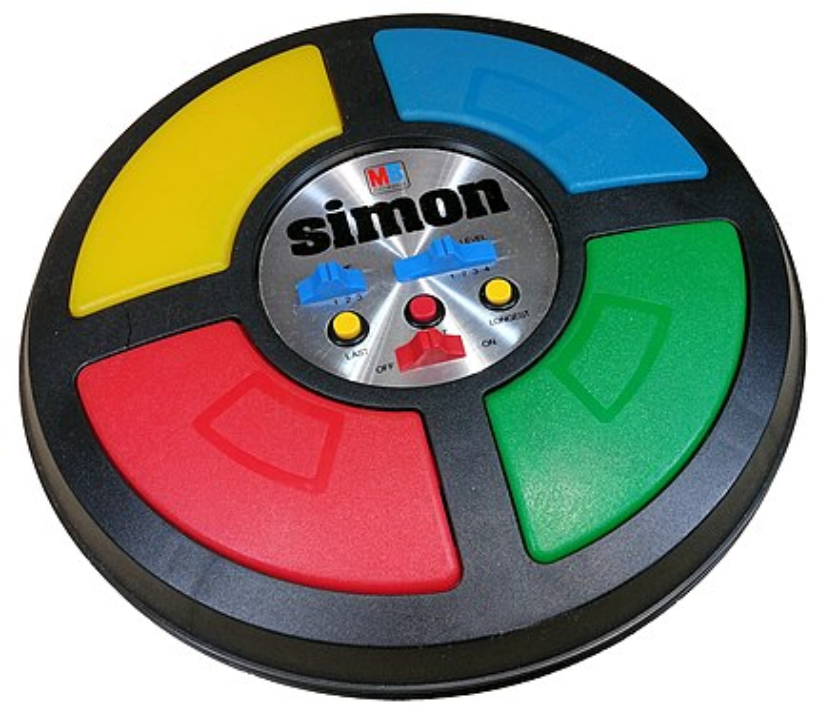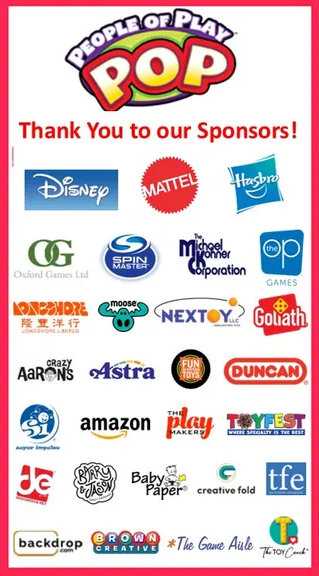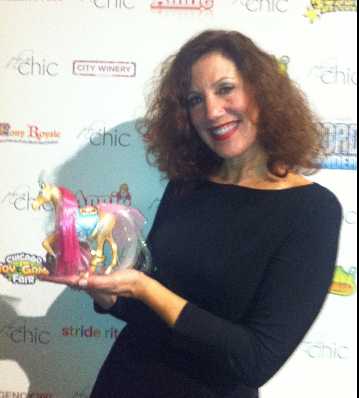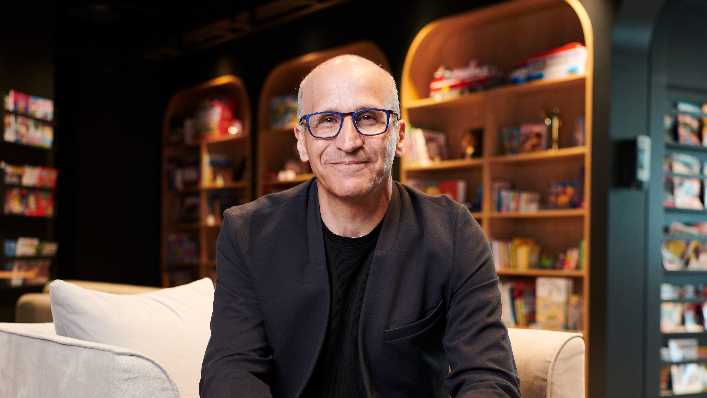Simon
Gameplay
The Simon game is a circular electronic device that has four different colored buttons: red, yellow, blue, and green. The game begins with one of the colored buttons lighting up, and the player then must replicate the pattern by pressing the same button. Each round increases the number of buttons that must be pressed: the first round just one button lights up, the second round two buttons light up, and so on. It becomes a game of memory. Each button also plays a tone when it lights up or is pressed, adding another element of memory.
History
Simon was invented in 1976 by Ralph H. Baer and Howard J. Morrison, both of whom were working for Marvin Glass & Associates at the time. Lenny Cope was in charge of the software programming for the game. Morrison and Baer were inspired by Atari’s arcade game Touch Me when they created Simon. After playing Touch Me at the Music Operators of America trade show in 1976, Baer thought the gameplay was engaging, but it was visually and auditorily boring. So, Baer designed his own version of the game, with the help of Lenny Cope, and they called it Follow Me.
When the pitched the game to Milton Bradley Company, they changed the name to Simon, after the popular children’s game Simon Says. The game debuted in 1978 and became one of the top-selling toys that Christmas season. They earned a US patent in 1980, and the rest is history.
Variations
In 2005, Hasbro released Simon Trickster, which features four different game modes: Simon Classic, Simon Bounce, Simon Surprise, and Simon Rewind. In 2011, Hasbro released Simon Flash, which uses four cube-shaped electronic modules that players have to move around. In 2013, Hasbro came out with Simon Swipe, which has 8 buttons instead of 4, and has four different game modes: Levels, Classic, Party, and Extreme. In 2016, the latest version of Simon dropped: Simon Air, which uses motion sensors and has three different game modes: Solo, Classic, and Multiplayer.
Reception & Awards
Games magazine listed Simon as one of their Top 100 Games of 1980 and called it “the original electronic ‘follow the leader’ game.” It’s been featured in many different instances in pop culture—on the television shows It’s Always Sunny in Philadelphia, Family Guy, American Dad!, Silicon Valley, and others, the movies Cloudy with a Chance of Meatballs, Paranormal Activity: The Marked Ones, Despicable Me 3, and others, as well as various video games, comedy sketches, and books.
Recent Blogs
Recent Blogs
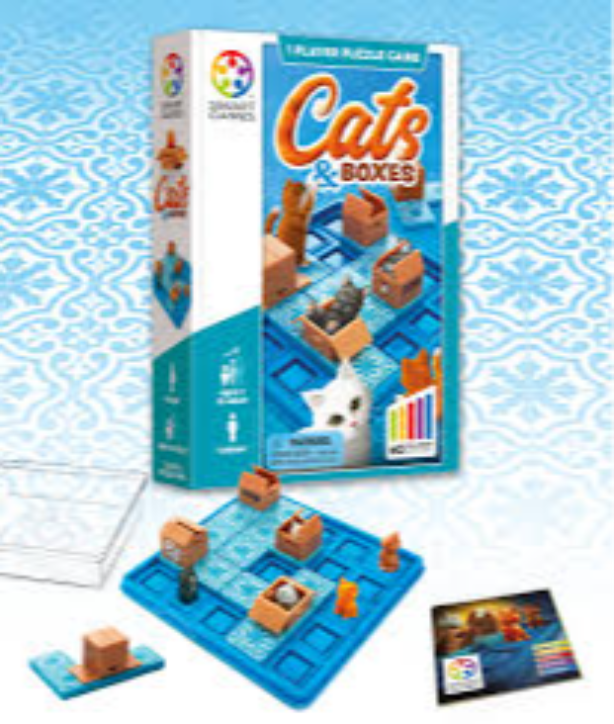
Reviews
Game Review: Cats & Boxes

Biographies and Interviews
Ana Maria, Founder of The Magical Underland Inc., Rings in the Holidays with a new kind of Christmas Tree
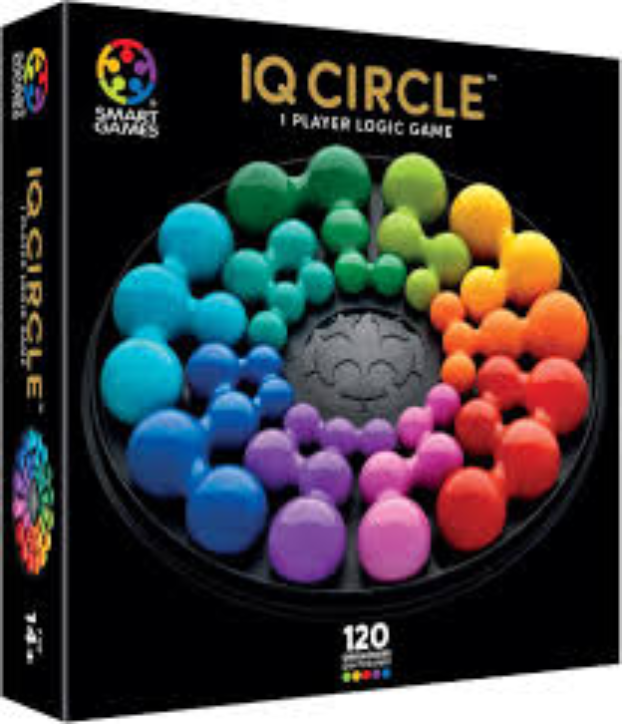
Reviews
Game Review: IQ Circle

Biographies and Interviews
Catching up with Eric Olsen, The Inventor of Flip 7 and Co-Creator of Messy Table Games

Reviews
Book Review: Happytecture by Anna Devís & Daniel Rueda
See more
Recent Wiki
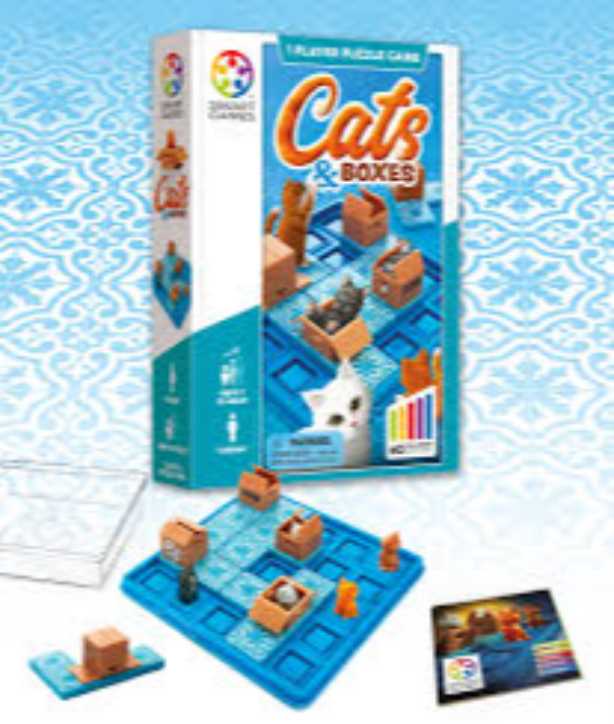
BOOK REVIEWS
Game Review: Cats & Boxes

PEOPLE
Ana Maria, Founder of The Magical Underland Inc., Rings in the Holidays with a new kind of Christmas Tree
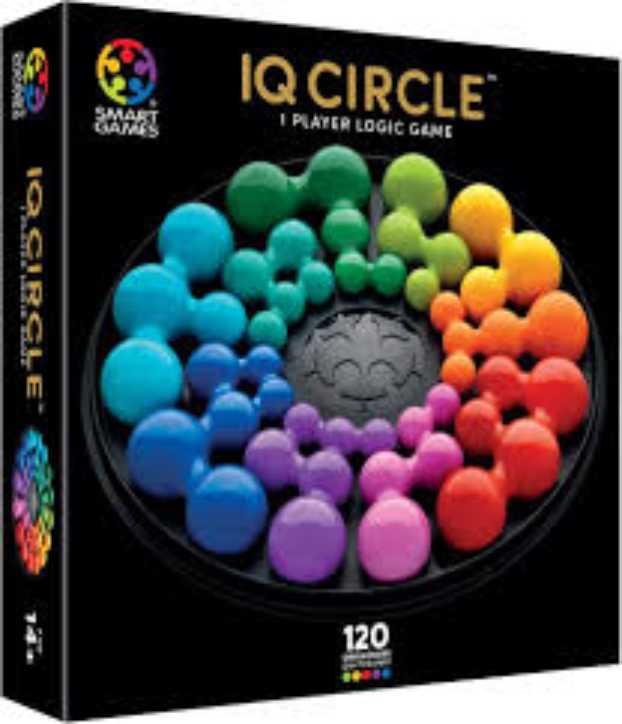
BOOK REVIEWS
Game Review: IQ Circle
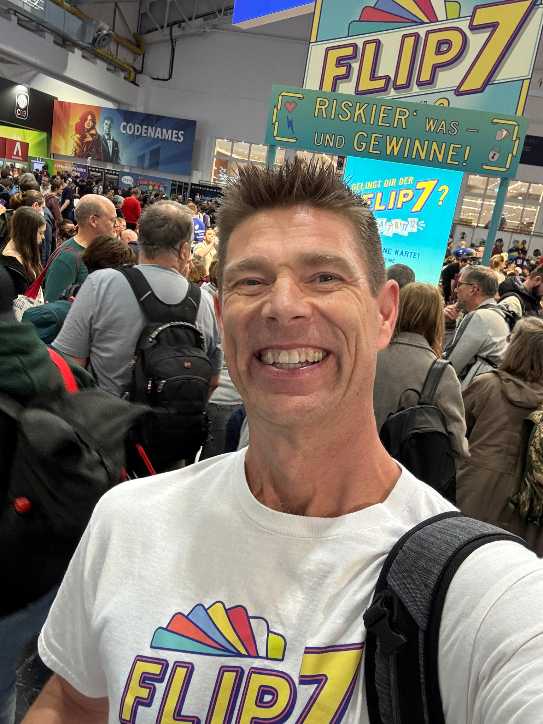
PEOPLE
Catching up with Eric Olsen, The Inventor of Flip 7 and Co-Creator of Messy Table Games

BOOK REVIEWS
Book Review: Happytecture by Anna Devís & Daniel Rueda
See more
POP's Got Talent

POP Entertainment
Randy Klimpert Shares his Ukulele Collection

POP Entertainment
Steve Casino Peanut Art

POP Entertainment
Everyone's Talking about POP!
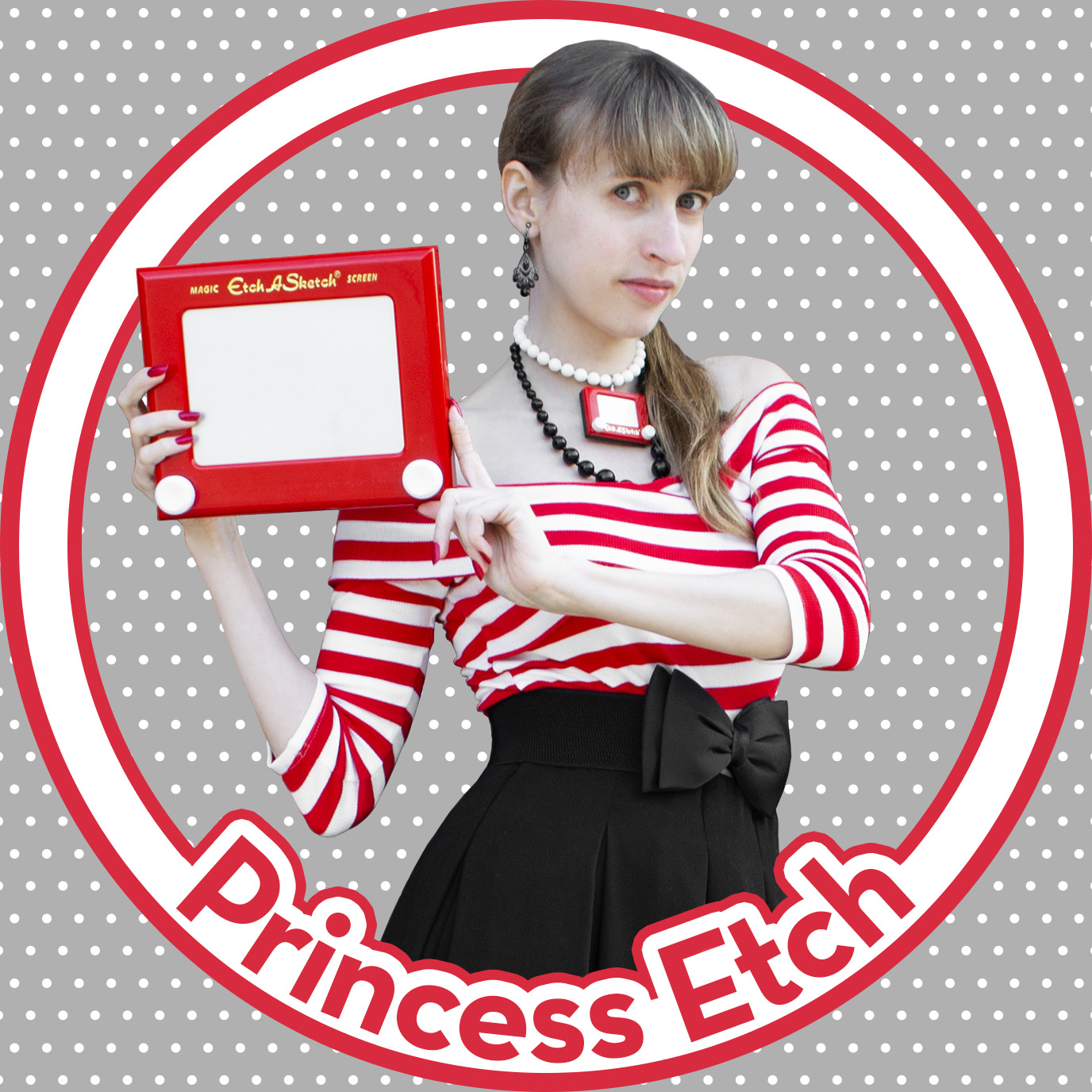
POP Entertainment
Princess Etch - a Multi-Talented Etch A Sketch Artist

POP Entertainment
Joseph Herscher of Joseph' s Machines.
See more
Recent POPcast
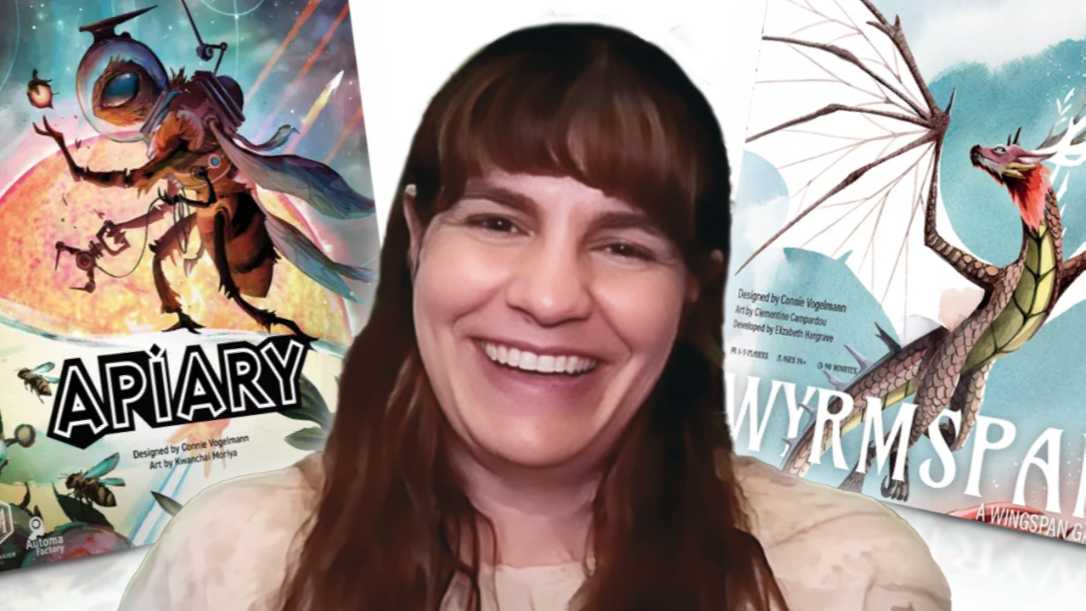
Hidden Role: The Brains Behind your Favorite Games
Connie Vogelmann designed Apiary & Wyrmspan!

Hidden Role: The Brains Behind your Favorite Games
Bob Fuhrer... Is THE Crocodile Dentist!

Hidden Role: The Brains Behind your Favorite Games
Tom Dusenberry... Bought Atari, Wizards of the Coast, and Avalon Hill!

Hidden Role: The Brains Behind your Favorite Games
Matt Leacock created Pandemic... the game!

Hidden Role: The Brains Behind your Favorite Games
Scott Brown and Tim Swindle... are Launching a New Sport!
See more
POPDuos

POPDuos: Interviews with Legends and Leaders
POPDuo: Richard Dickson, Mattel’s President & COO, and Kedar Narayan, Young Inventor Challenge AMB

POPDuos: Interviews with Legends and Leaders
POPDuo: Will Shortz and Josh Wardle

POPDuos: Legends and Leaders Explore Creativity
POP Duo: Elan Lee, Co-Founder, Exploding Kittens.and Jeff Probst, Host and Exec Producer, Survivor

POPDuos: Legends and Leaders Explore Creativity
POP Duo: David Fuhrer, MNG Director, Blue Sq Innovations & Shawn Green, past Dodgers & Mets MLB Star

POPDuos: Legends and Leaders Explore Creativity
POP Duo: Bob Fuhrer, Founder, Nextoy and Tom Fazio, Golf Course Designer
See more




